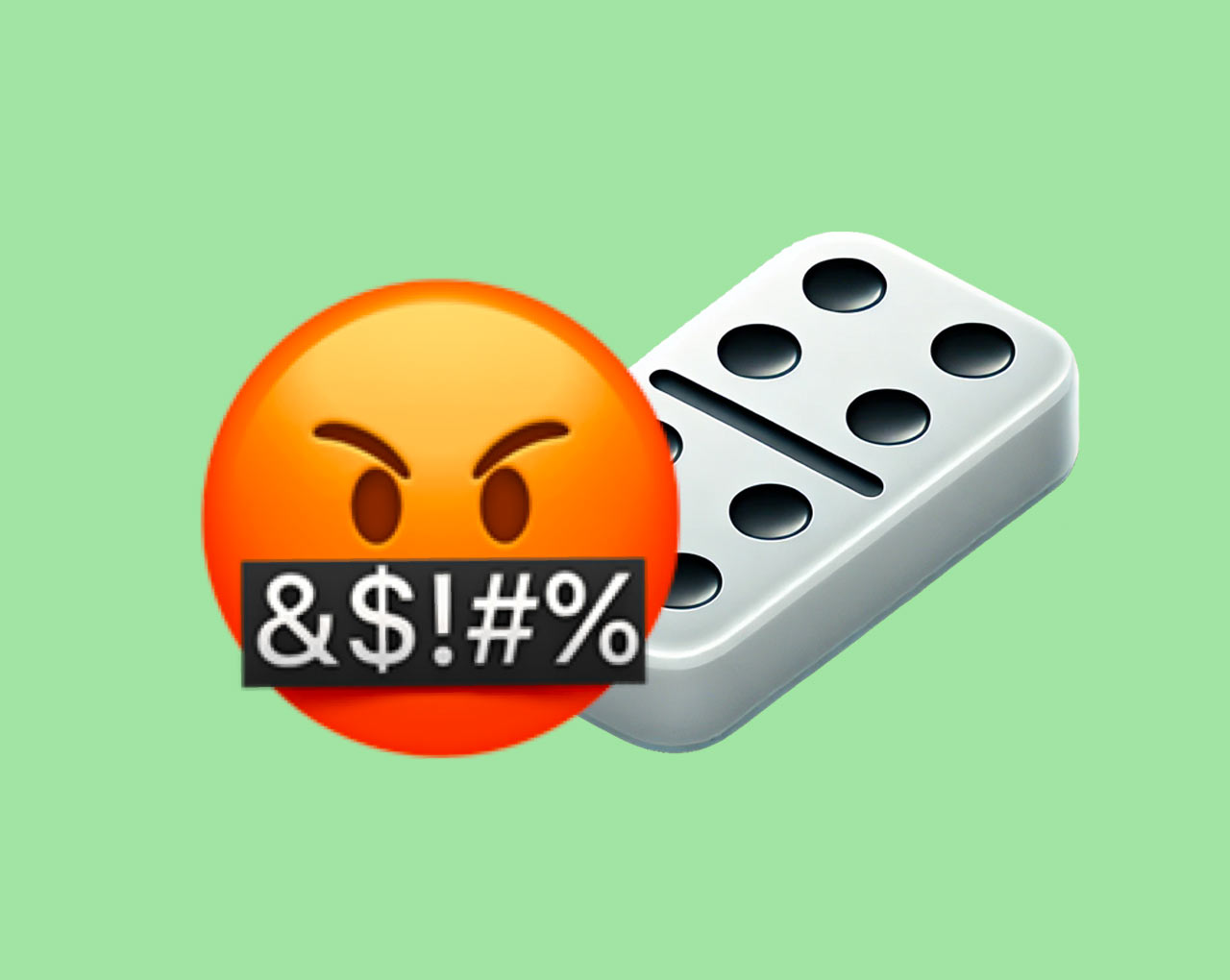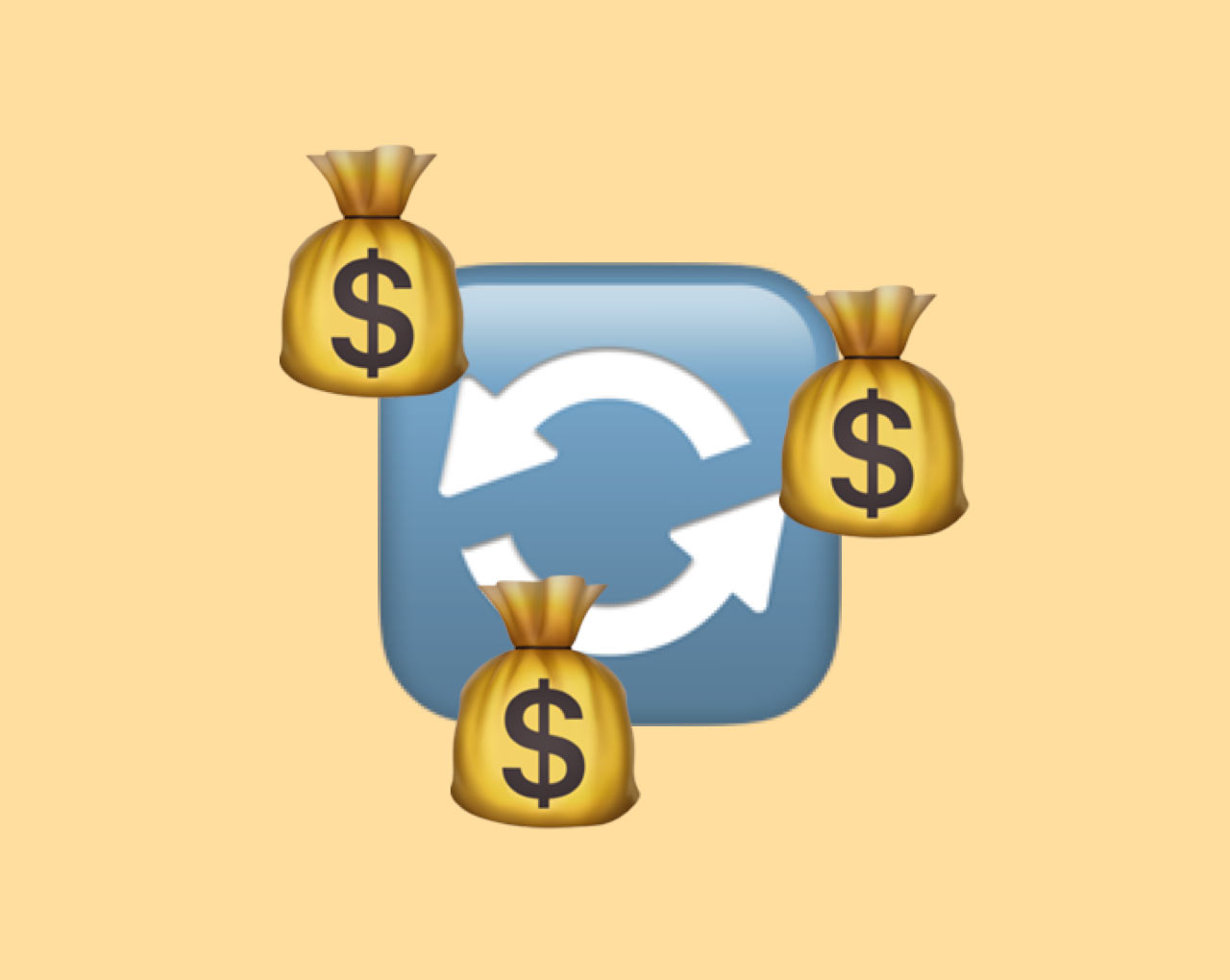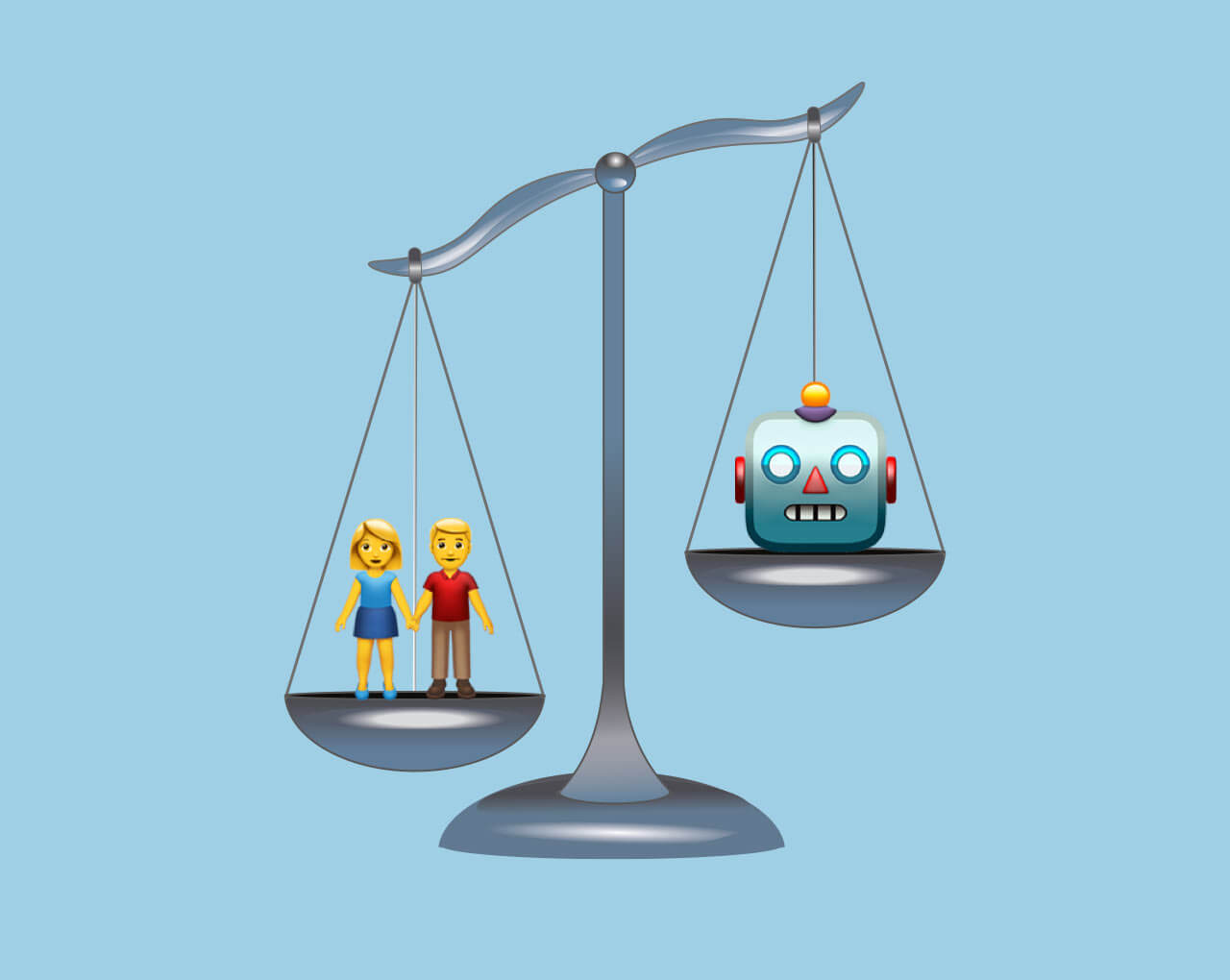Even for companies that actually offer excellent services, the dissatisfaction of a single customer can be enough to spark a wildfire of negative word-of-mouth. In today’s networked world, it is important to recognize the rapid spread of such negative reviews at an early stage, contain them or, in the best case, prevent them altogether.
“Negative reviews deter an average of 40% of buyers from purchasing from a company.“
Brightlocal
The power is with your customers
The Chipotle case last December showed that customers have a strong influence on the image of a company or brand. The fast food chain was criticized because customers claimed that the portion sizes had become much smaller. There was a heated debate about this on TikTok in particular, which resulted in massive damage to the company’s image.
Negative online reviews are negative feedback or criticism from customers on digital platforms about services, products or companies. They express dissatisfaction and can influence a company’s reputation and customers’ purchasing decisions in the short and long term.
Or quite simply: negative reviews are like little siblings – loud and sometimes unfair.
“70% of customers check online reviews before making a purchase decision. 63% of customers are more likely to make a purchase if the product has high ratings and positive reviews.“
Researchgate
This example shows that customers have more influence today than ever before.
While negative experiences used to be shared in private coffee mornings, today this happens publicly on social networks and online platforms. A single tweet or negative review can trigger a storm of comments and ratings and spread around the world within minutes. The reach created by digitalization and networking gives customers an incredibly powerful voice that they didn’t have in this form in the past.
“Negative reviews can start an online wildfire that spreads exponentially, reaching thousands or millions of consumers in a short period of time.“
Qahri-Saremi & Montazemi
The importance of negative bias
Why do many more negative reviews circulate online than positive ones and why are they given such a high weighting? This can be explained by the phenomenon known as negative bias.
Negative bias in online reviews describes the tendency to share negative rather than positive experiences in the form of online reviews. This phenomenon can lead to an overrepresentation of negative reviews on online platforms and thus distort potential customers’ perception of a service, product or company.
Reason: Negative emotions weigh more heavily. They motivate us more quickly to take action and express our disappointment. This happens especially when companies have failed to intercept these negative emotions from customers in advance. People often want to let off steam because, as a customer, they don’t feel seen by a company and miss the customer proximity they need. A bad online review is then often the last resort to make their opinion known. In addition, society takes a positive product or service experience for granted.
“Dissatisfied customers are often more motivated to share their experiences. Be it to let off steam or to get justice.“
Qahri-Saremi & Montazemi
This underlines the importance of active reputation management and the correct handling of customer feedback to ensure a balanced and realistic picture of customer satisfaction.
Long story short
Companies need to recognize the role of customers as powerful ambassadors. Due to negative bias in particular, customers tend to share negative experiences more quickly. Digitalization also means that these harmful reviews spread much faster.
It is therefore crucial to have proactive online reputation management in place to respond quickly to complaints and negative feedback – preferably before they are shared online. Various solutions can help to intercept negative feedback, detect shitstorms at an early stage and manage online reputation.
Despite the challenges posed by negative online reviews, they also offer opportunities for growth and improvement. Dealing constructively with negative feedback can not only help build customer trust, but also provide valuable insights into areas that need to be improved.





